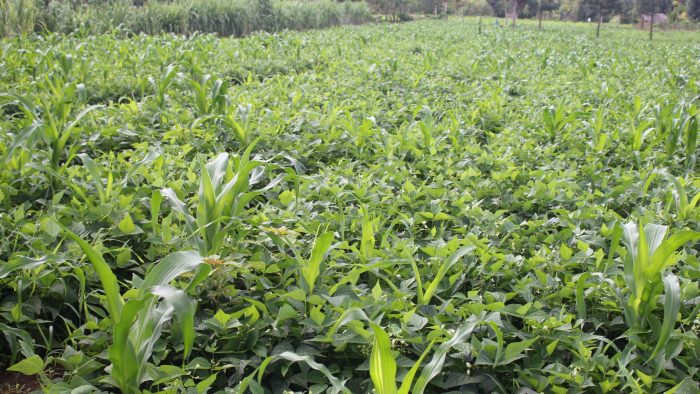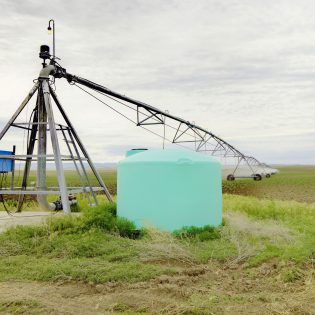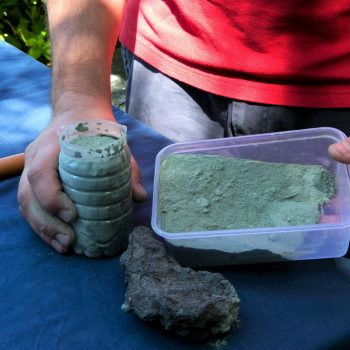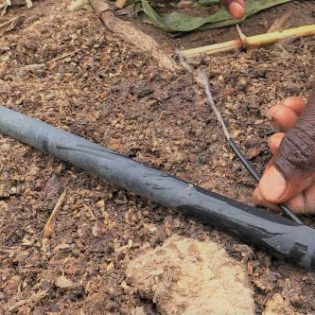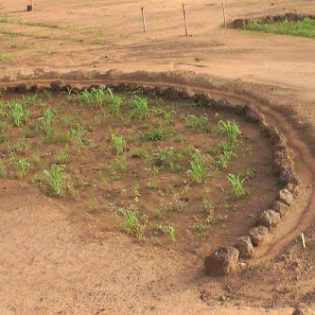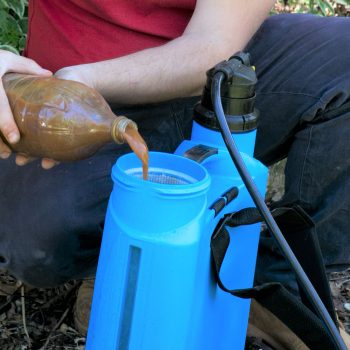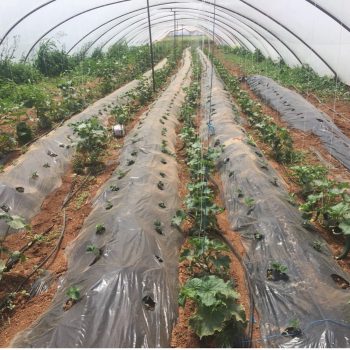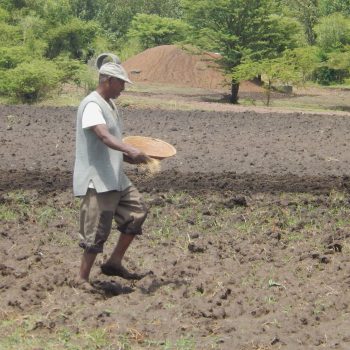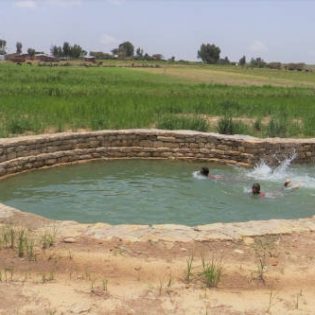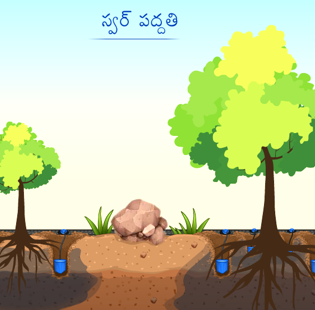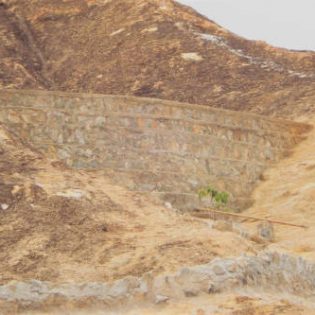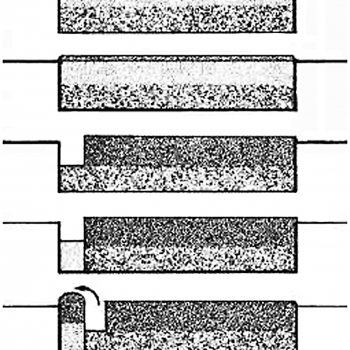| Intercropping is the practice of growing two or more crops in proximity. The most common goal of intercropping is to produce a greater combined yield on a given piece of land by ways of: mutualism; and making use of resources that would otherwise not be utilized by a single crop.
The traditional mixed farming system, Baranaja, across the rainfed Garhwali agricultural regions in Uttarakhand (India), is a system where twelve, or sometimes more, crops such as cereals, lentils, vegetables, creepers and root vegetables are grown. The creepers of legumes use the stems of grains/plants as a natural support, while the grain roots grip the soil firmly, preventing soil erosion. Due to their nitrogen fixing abilities, legume crops return to the soil nutrients which are used by other crops. No external chemical inputs are used and pest control is achieved through the use of leaves of the walnut and neem, and the application of ash and cow’s urine. The social and nutritional water productivity are also ensured as crop failure is balanced out and cash crop is combined with staples; and high mineral and protein crops provide beneficial home nutrition. In China, the simultaneous use of different rice varieties (glutinous and hybrid rice) was tested with promising results. Yields of glutinous rice were 89% greater and pest incidence was 94% lower than in monoculture systems. Hybrid (non-glutinous) rice yields were nearly equal to those of monocultures (Zhu et al. 2000) Another successful example of intercropping comes from mechanized wheat farming in the U.S. By using multiple wheat cultivars and wheat and barley intercropping, disease reduction was larger than with the application of fungicides (Vilich-Meller 1992; Kaut et al. 2008). Intercropping of cereal and legumes makes it possible to use significantly less fertilizer without having an impact on yields, as leguminous crops biologically fixate nitrogen. In India, nitrogen fertilizer savings of 35-44 kg/ha were registered when a leguminous crop preceded rice or wheat. Intercropping of soybean with maize saved 40-60 kg of nitrogen per hectare (Venkatesh and Ali 2007). Crops with different nutritional requirements, timing of peak needs and diverse and deeper root structures are grown on the same land simultaneously (Gliessman et al. 1985), thus optimizing nutrient and water use. Productivity in multiple cropping systems is expressed by land equivalent ratios, which is the ratio of the area under sole cropping to the area under intercropping needed to give equal amounts of yield at the same management level. It is the sum of the fractions of the intercropped yields divided by the sole-crop yields. Intercropping systems in spate irrigation systems Diversification of crops in spate irrigated areas is less of a successful given as in any other cropping system. As soils, nutrient and moisture management is distinctly different to any other, the underneath ‘alternative’ crops and vegetation provide specific suggestions for these areas to: increase land productivity; diversify to better sustain dependant livelihoods and allow for intercropping. In many spate systems, sorghum is a main staple crop, it can often easily be combined with early and uniform maturing mung beans, and other pulses like moth, bakla beans, chickpeas and kidney beans. Considering the main spate flooding have receded and the main crop has already reached vegetative stage. In spate irrigation areas of Pakistan wild edible mushrooms enter into symbiotic relations with sorghum. Retaining wild crops: There is a wide range of wild minor crops which have valuable benefits. The seeds are left in the soil and germinate usually after the area has been irrigated by the spate flow. They combine with the main crop that is grown during the spate seasons. Sanwak, cheena and smookha are examples. Bread and porridge are made with their seeds, their leaves and stems are used as roofing material and the whole plant serves as animal feed, especially in times of drought. Isagbol, a wild medicinal plant that grows from previous season seeds, provides treatment of chronic bacillary dysentery and constipation.
|
Additional information
| Agriculture | Flood/spate irrigated, Irrigated, Rainfed (Crop) |
|---|
